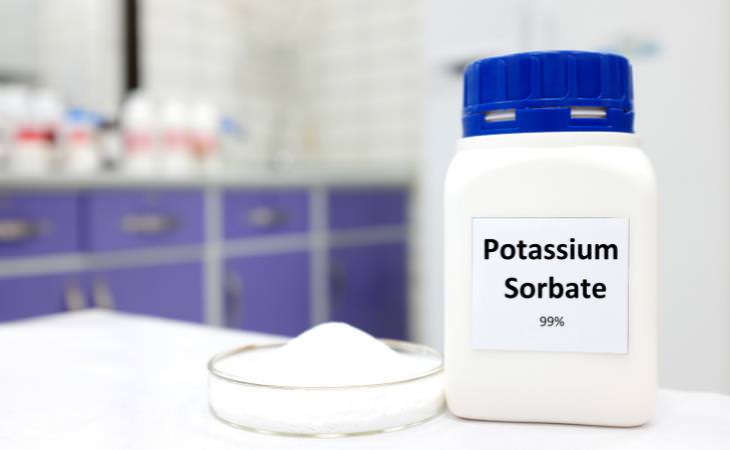
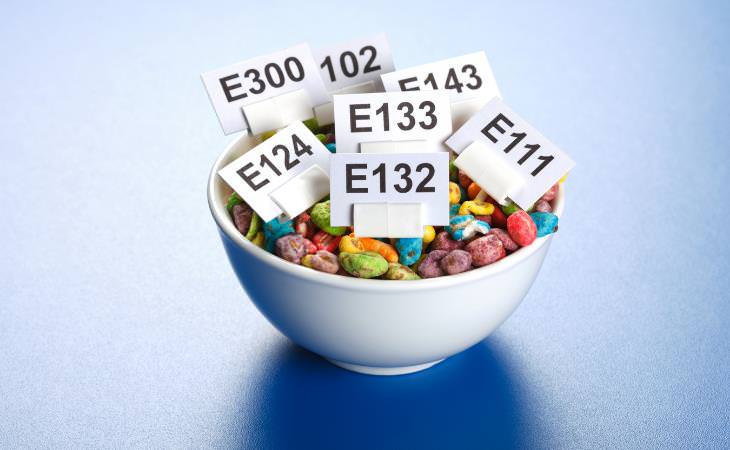
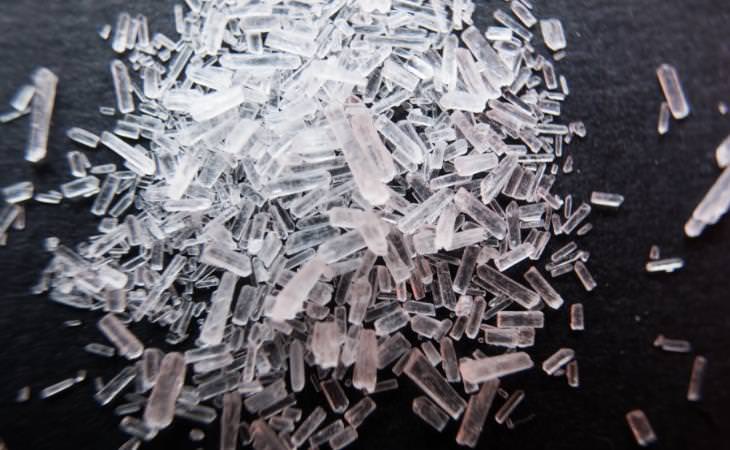
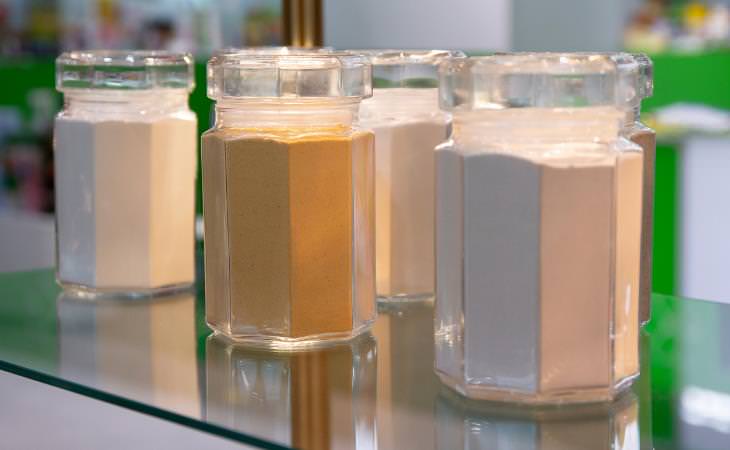
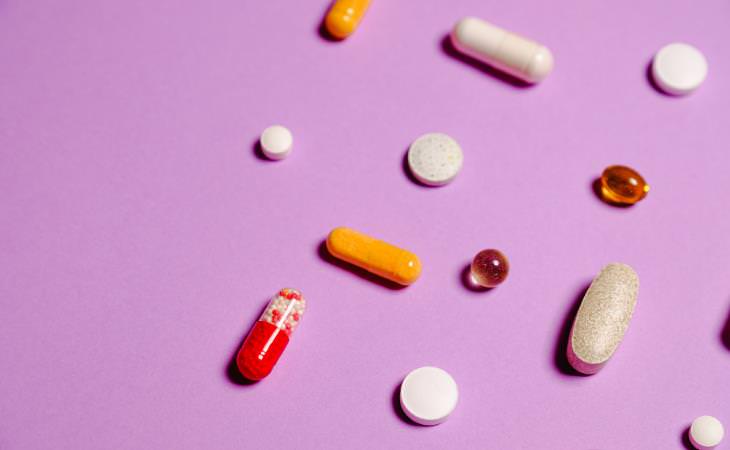
The scary-sounding Pyridoxine Hydrochloride, is just vitamin B6. You can read about this form of the vitamin in depth by clicking here. Calcium Pantothenate is the calcium salt of vitamin B5. The two will be added to spike up nutritional values of cereals, bread, and similar products. You can read a deep chemical analysis of Calcium Pantothenate here.
Tocopherols\E-306 to e-309, are in other words, vitamin E and its derivatives. It's a powerful and essential antioxidant, which means it has preservative qualities.
1,25 Dihydroxycholicalciferol is by far the most horrid name on our list, but it is a highly trending vitamin right now. Have you guessed it yet? Here's a clue: look at the first letter of the name. 1,25 Dihydroxycholicalciferol is actually vitamin D. It is added in a wide variety of dairy and dairy alternatives products to aid the absorption of calcium.
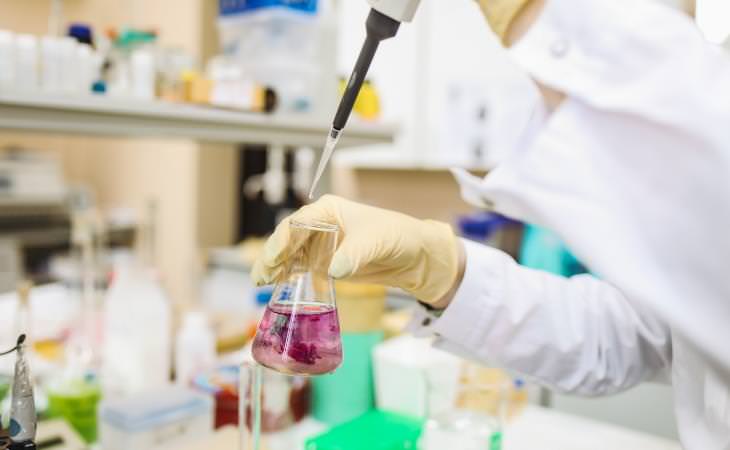
Docosahexaenoic Acid, abbreviated DHA, is a form of omega-3 fatty acid. Meaning it is anti-inflammatory and crucial to brain health. It can even be prescribed as a dietary supplement for lowering triglyceride levels.
Lactic Acid\E-270. Did you know that lactic acid is produced naturally in your muscles? It is the by-product of your cells trying to keep the muscles working with short supplies of oxygen (due to extreme muscle strain). Lactic acid is one reason why your muscles will be sore after a particularly challenging workout. To be truthful, it doesn't have many benefits, but it is harmless. It is mainly used to control acidity in foods, as a preservative, or as a fermentation agent.
Ascorbic Acid\E-300 is just another name for the king of all vitamins, vitamin C. If you've ever taken a chewy vitamin C supplement, or eaten fruits with high amounts of it, you know that this vitamin is highly acidic. Vitamin C is a potent, powerful antioxidant, which makes it a great preservative.
Vitamin c has many derivatives and forms, some stable and some not so much. Vitamin C is a highly unstable molecule, and it is water-soluble. In attempts to stabilize it, manufacturers will sometimes manipulate it and chemically attach it to fat, so that it will become fat-soluble. This is what creates Ascorbyl Palmitate\E-304, a chemical compound composed of vitamin C and some palmitic acid, a saturated long-chain fatty acid derived from the palm tree. As it is saturated fat, it isn't the most healthy form of vitamin C, to say the least, but it is usually used in minuscule quantities, and only as a natural preservative.
Acetic Acid\E-260. Does that name ring a bell? Maybe you know it by its more common alias: vinegar. Need we say more? Vinegar has been used as a preservative ever since the dawn of civilization. It also adds that bite-back quality in vinaigrettes and condiments. Acetic acid also offers a major health benefit: it helps regulate blood sugar levels after a meal.
Tartaric Acid\E-334. Also named dihydroxybutanedioic acid, this one is derived from plants, mostly from by-products of the wine industry. It gives a tangy taste and doubles as an anti-bacterial. According to Britannica, It is used in "effervescent tablets, gelatin desserts, and fruit jellies".

